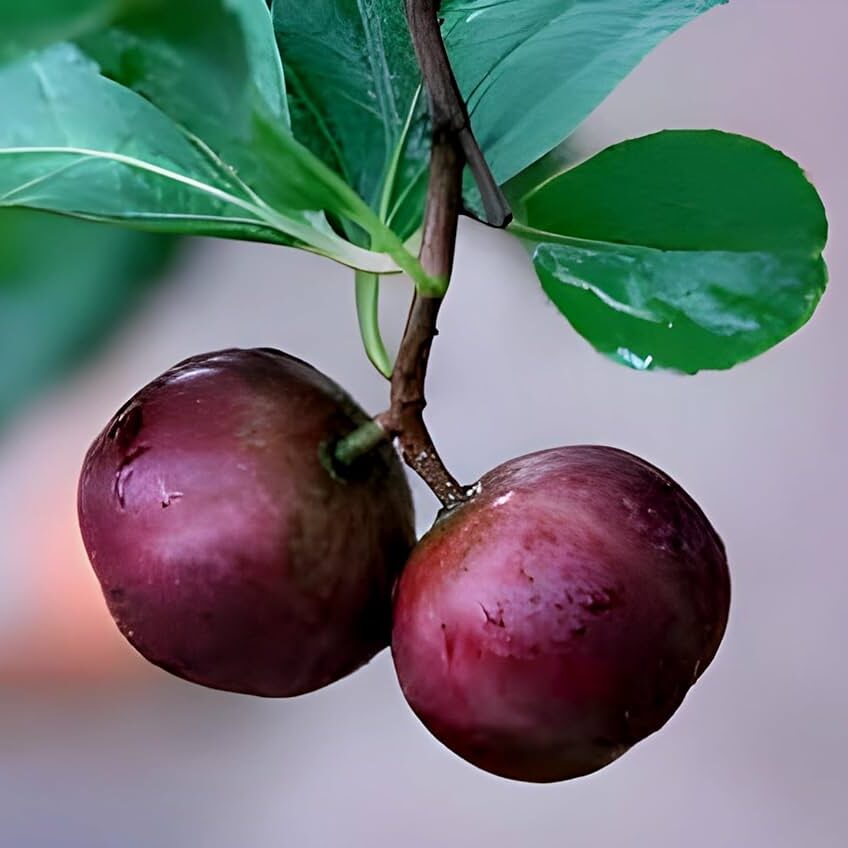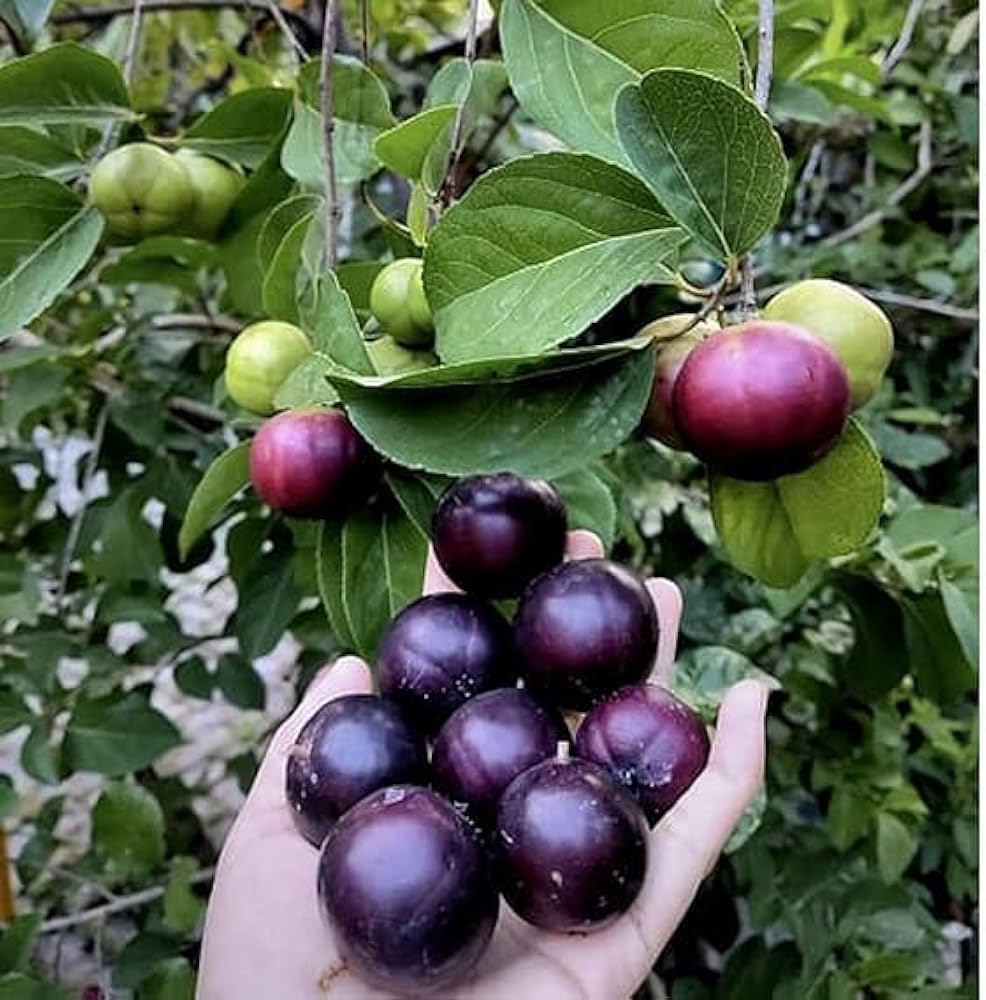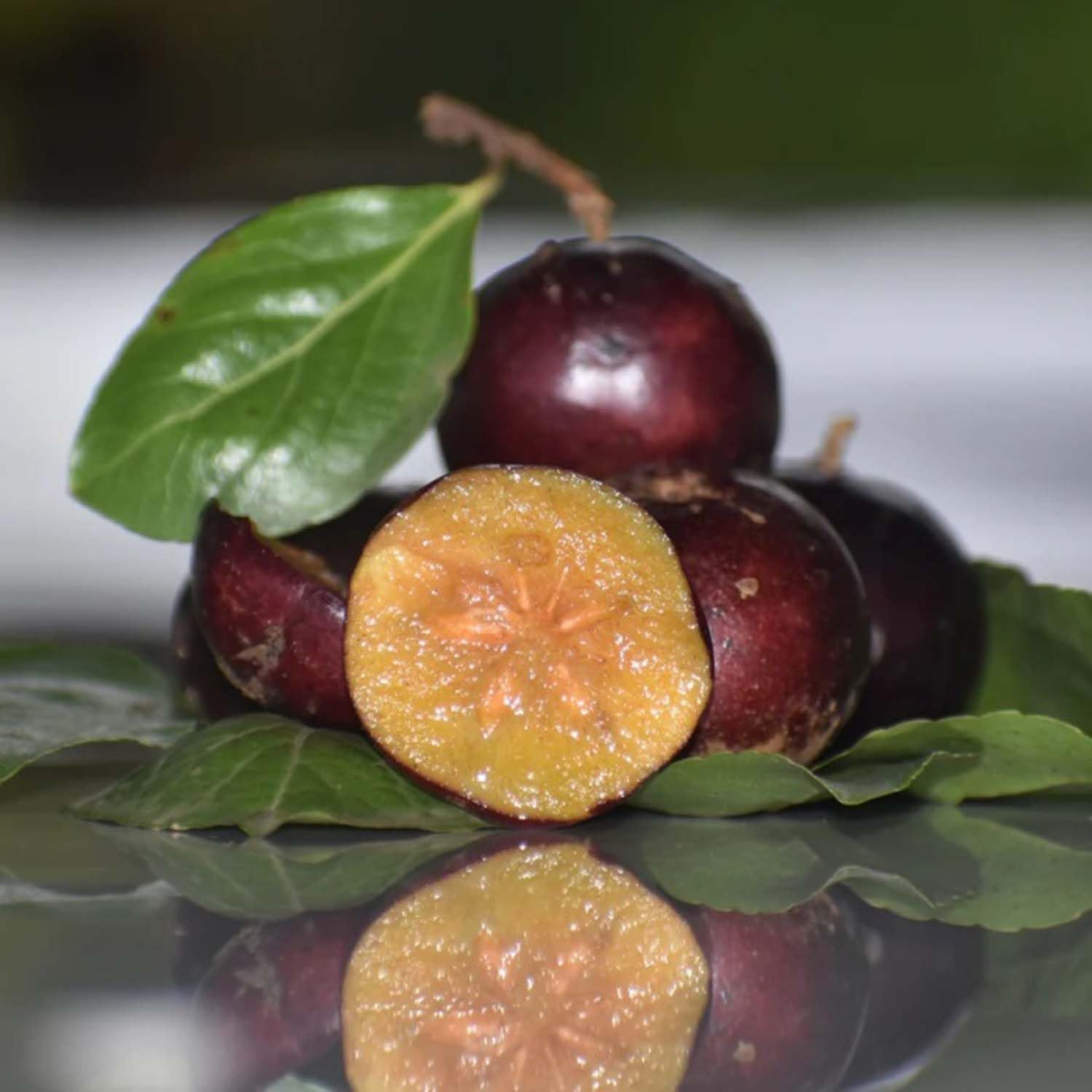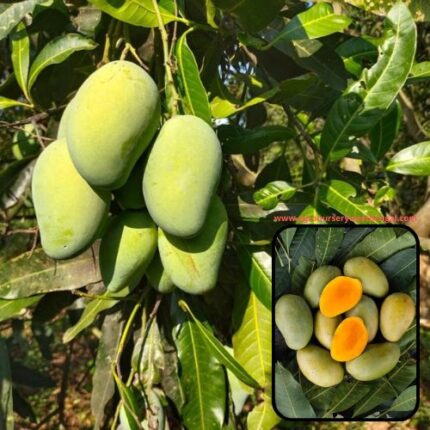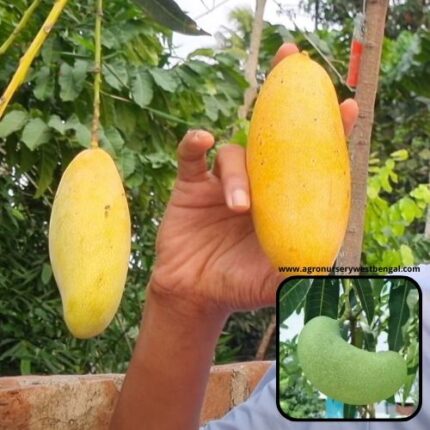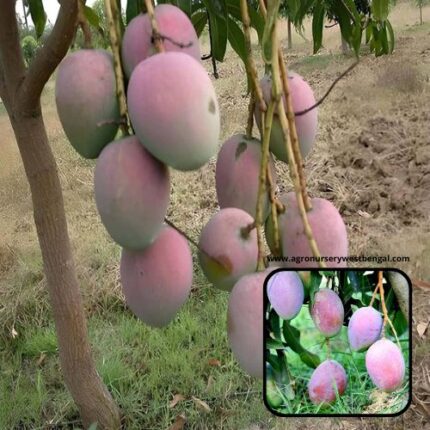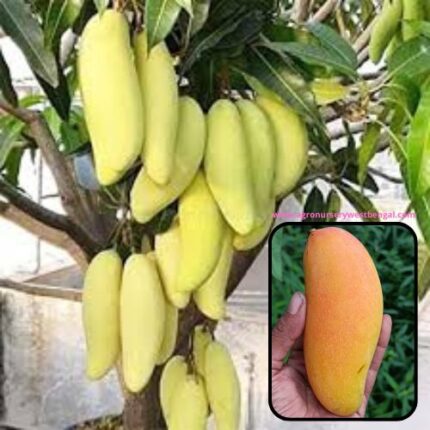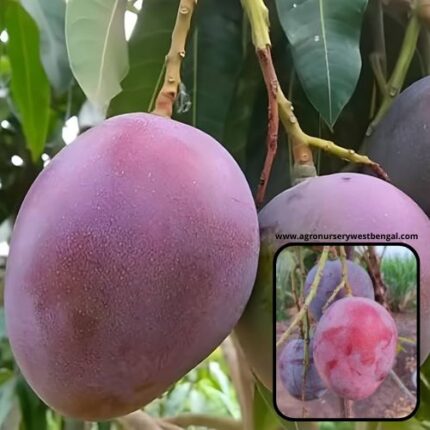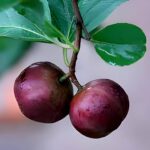



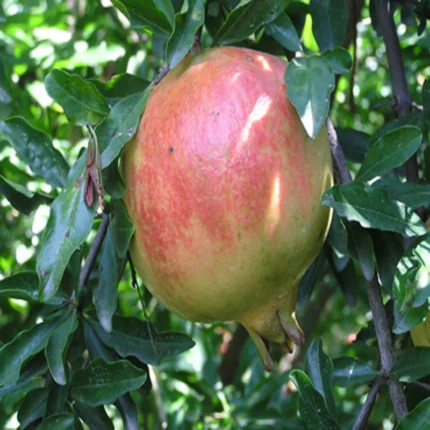
Tennis ball Cherry fruit plants
₹1,999 Original price was: ₹1,999.₹1,299Current price is: ₹1,299.
The “Tennis Ball Cherry” is an intriguing and relatively lesser-known tropical fruit, often associated with the Manila Cherry or Manila Tennis Ball Cherry. It’s important to note that it’s not a true cherry (Prunus species) but rather a different botanical species.
There seems to be some minor confusion in online sources regarding its exact botanical identity, but it is often attributed to Flacourtia sp. (some sources mention Eugenia reinwardtiana or even Muntingia calabura as synonyms, though these are distinct plants, with Muntingia calabura being the well-known “Jamaica Cherry” or “Strawberry Tree”). For the purpose of this description, I will focus on the characteristics generally associated with the “Tennis Ball Cherry” as a distinct fruit found in tropical plant nurseries.
Here’s a detailed description of the Tennis Ball Cherry:
1. The Fruit:
- Appearance (Shape & Size): The most defining characteristic is its name-sake shape. It is typically round or globular, resembling a miniature tennis ball, and usually small, about 2.5 cm (1 inch) in diameter.
- Appearance (Color): When ripe, the fruit is a vibrant bright red or dark red hue. The skin is smooth and glossy, making it quite attractive.
- Appearance (Interior): The flesh inside is soft and juicy, typically translucent white to light pink. It surrounds a single, small, cherry-like pit or stone in the center.
- Taste: The flavor is pleasantly sweet with distinct notes of berries and grapes. It’s often described as a unique and refreshing taste, considered by some to be one of the best-tasting tropical cherries.
- Texture: The flesh is tender and juicy, offering a pleasant bite.
2. The Plant:
- Botanical Name (Commonly associated with): Often referred to as Flacourtia sp. or specifically Eugenia reinwardtiana for the “Manila Tennis Ball Cherry”.
- Growth Habit: The Tennis Ball Cherry plant grows as an evergreen shrub or a small tree, typically reaching about 12 feet (around 3.6 meters) in height. It has a relatively compact and bushy growth habit, making it suitable for smaller gardens or even large containers.
- Leaves: The leaves are dark green, oval to elliptical in shape, and glossy, providing an attractive backdrop for the colorful fruits.
- Flowers: Small, white blossoms precede the fruits. These flowers are usually borne in clusters between the leaves.
- Hardiness & Climate: It thrives in tropical and subtropical climates with high humidity and consistent warmth. It is generally not tolerant of frost and prefers full sun exposure for optimal growth and fruiting.
- Fruiting Season: In tropical regions, the plant can produce fruit for a significant portion of the year, with a general harvest season often cited as November to March in some areas, or more broadly, available from summer through early winter. Some sources suggest year-round blooming and fruiting in ideal conditions.
- Yield: A mature tree can yield a good amount of fruit, with estimates around 20-30 kg per tree.
3. Uses and Benefits:
- Fresh Consumption: The most popular way to enjoy Tennis Ball Cherries is fresh, straight from the tree. Their small size makes them a perfect snack.
- Culinary Uses: Their sweet and juicy nature makes them versatile for various culinary applications:
- Jams, jellies, and preserves
- Juices and smoothies
- Fruit tarts, muffins, and cakes
- Toppings for ice cream, yogurt, or salads
- Can be cooked down into sauces to accompany desserts or even savory dishes.
- Ornamental Value: The attractive dark green foliage, white blooms, and bright red, perfectly round fruits make the plant a lovely ornamental addition to gardens, especially tropical ones. It can be shaped and pruned to create hedges.
- Nutritional Value: Like many fruits, Tennis Ball Cherries are considered a healthy choice, being:
- Rich in antioxidants, which help combat inflammation and free radicals.
- A source of vitamins (though specific vitamin content might vary, generally includes Vitamin C).
- Health Benefits: Believed to promote heart health, aid in muscle recovery, and may contribute to improving sleep quality.
The Tennis Ball Cherry is a delightful tropical fruit, offering a charming appearance and a sweet, juicy flavor that makes it a favorite among those who discover it

